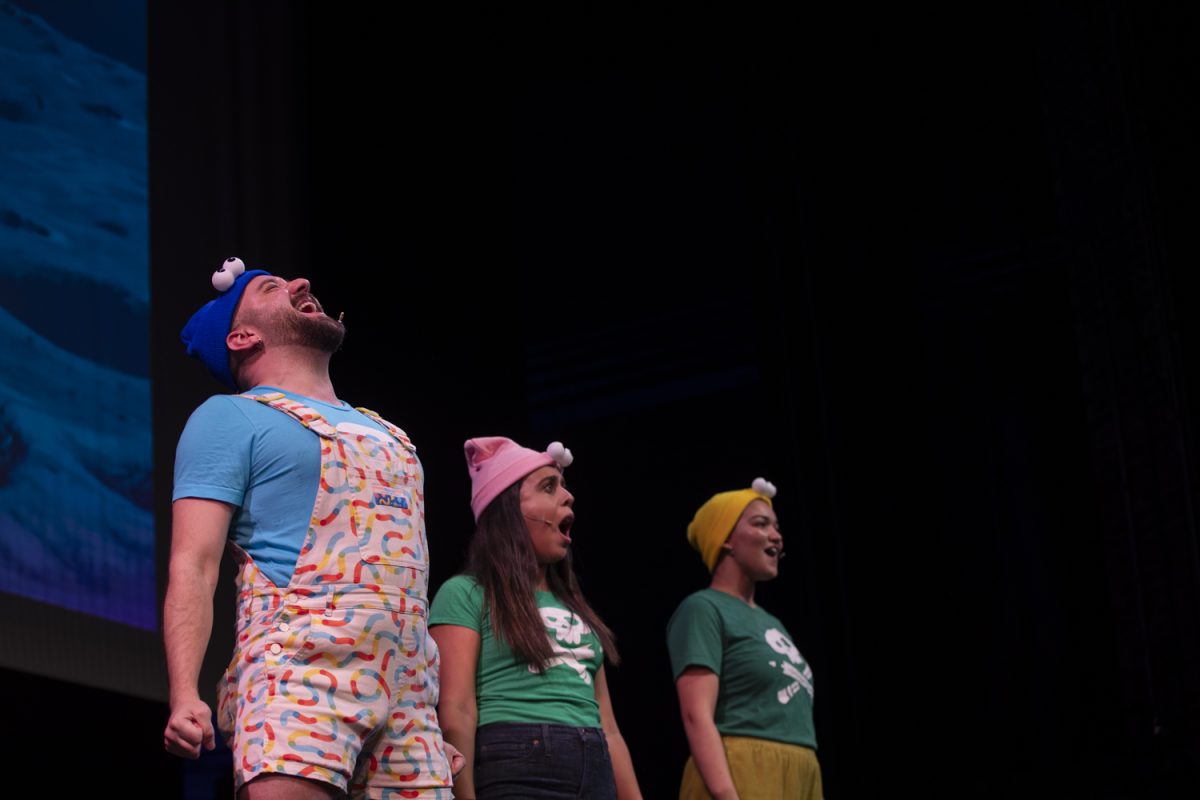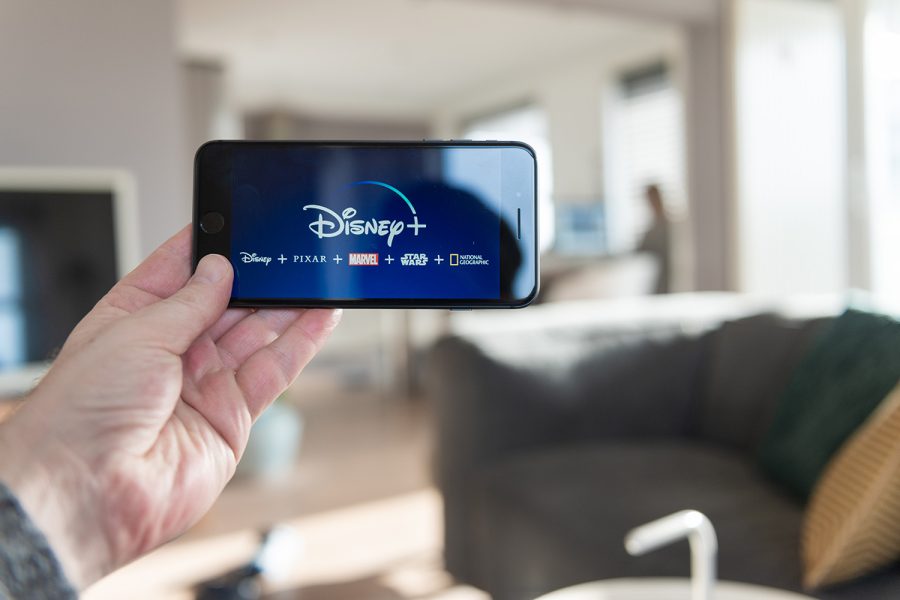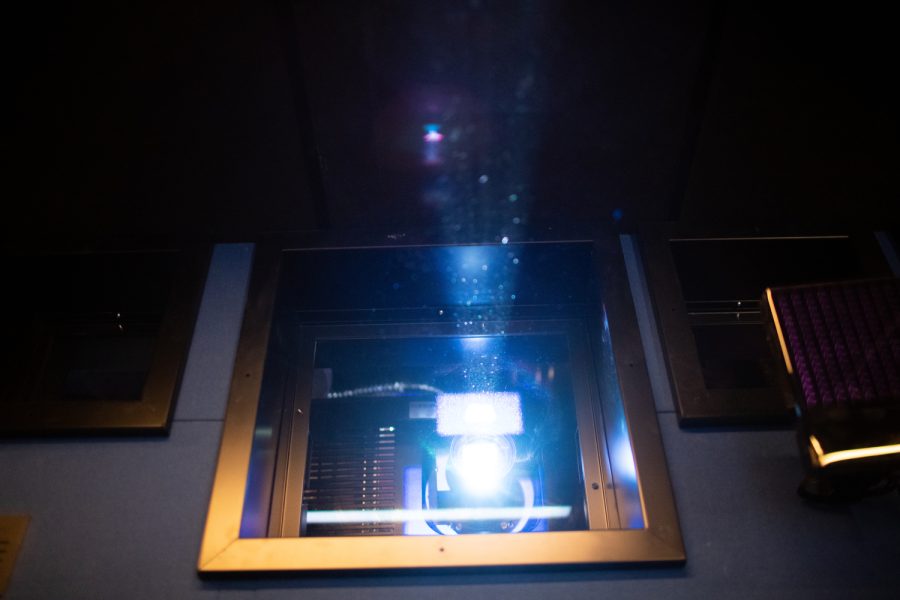“Hip-hop is dead.”
Toward the end of 2006, rapper Nas released an album and a song with that title, contending that hip-hop had lost its focus and was as good as gone.
“Went from turntables to MP3s,” Nas raps on the track. “From ‘Beat Street’ to commercials on Mickey Ds.”
There is certainly a case to be made that hip-hop isn’t what it used to be, even outside of just becoming more commercial. While hip-hop was once a positive medium, mainstream culture today is loaded with songs about, to quote “Degrassi” — star turned rapper Drake — “cash, cars, clothes, and hos.”
And guns. And drugs.
This change started to take place on a mainstream level in the ’90s, when such acts as N.W.A., the Notorious B.I.G., and 2Pac dominated the popular consciousness, and it continues today.
“Rap started to move into a negative spin. The entire rap game stopped talking about consciousness and positive movements, started moving into the drug game, the pimps and hos, [and murder],” said Hank Shocklee of the Bomb Squad, who produced Public Enemy’s early albums.
That isn’t to say that such artists completely lack positiveness. 2Pac had “Keep Ya Head Up,” Ice Cube had “It Was A Good Day,” and at the very least many of the practitioners of gangster rap had a good club jam or two (no one should ever be faulted for that).
Even so, the Public Enemies and the De La Souls of the world seem to have fallen into the background.
But is hip-hop really dead, shot up and left to rot like so many enemies in songs? After all, even in his eulogy for the genre, Nas seems more than happy to rap about shooting radio DJs.
Thankfully, that doesn’t seem to be the case. Artists from the ’80s such as Public Enemy continue to produce music that is far removed from the gangster spectrum, and many newer rappers, from Common to Talib Kweli, do the same. For every 50 Cent, there is at least one Mos Def.
“The overstated suggestion of the dearth of positivity is all about the difference between patterns of consumption,” said Michael Hill, a UI assistant professor who teaches a class on hip-hop. The perceived rise of gangster rap, he said, can be attributed to its rise in popularity among suburban white youth, who began listening to it as a form of rebellion, as they did metal in the ’80s.
Though more positive artists may not dominate the airwaves, the airwaves don’t really matter any more. With the Internet, finding rappers who focus on the good and solving problems, instead of causing them, is easy.
Of course, that also makes it easier to find even more tired gangster rap, but the ability to select music means listeners aren’t stuck with whatever the radio stations and record labels push because they think it will sell.
It all comes down to commercial appeal. This is the place a rebellion such as the one that brought gangster rap to the forefront of popular culture can take over and give rise to the kinds of rap (and much of music, for that matter) that drop the violence and drugs in favor of more positiveness.
Don’t get me wrong. I like “Shots” as much as the next person who hears it 45 times in a given night downtown. But our popular culture could use an injection of hip-hop that isn’t all about guns and liquor.
Rappers have always made that music. It’s up to the listeners to bring it to the forefront.






